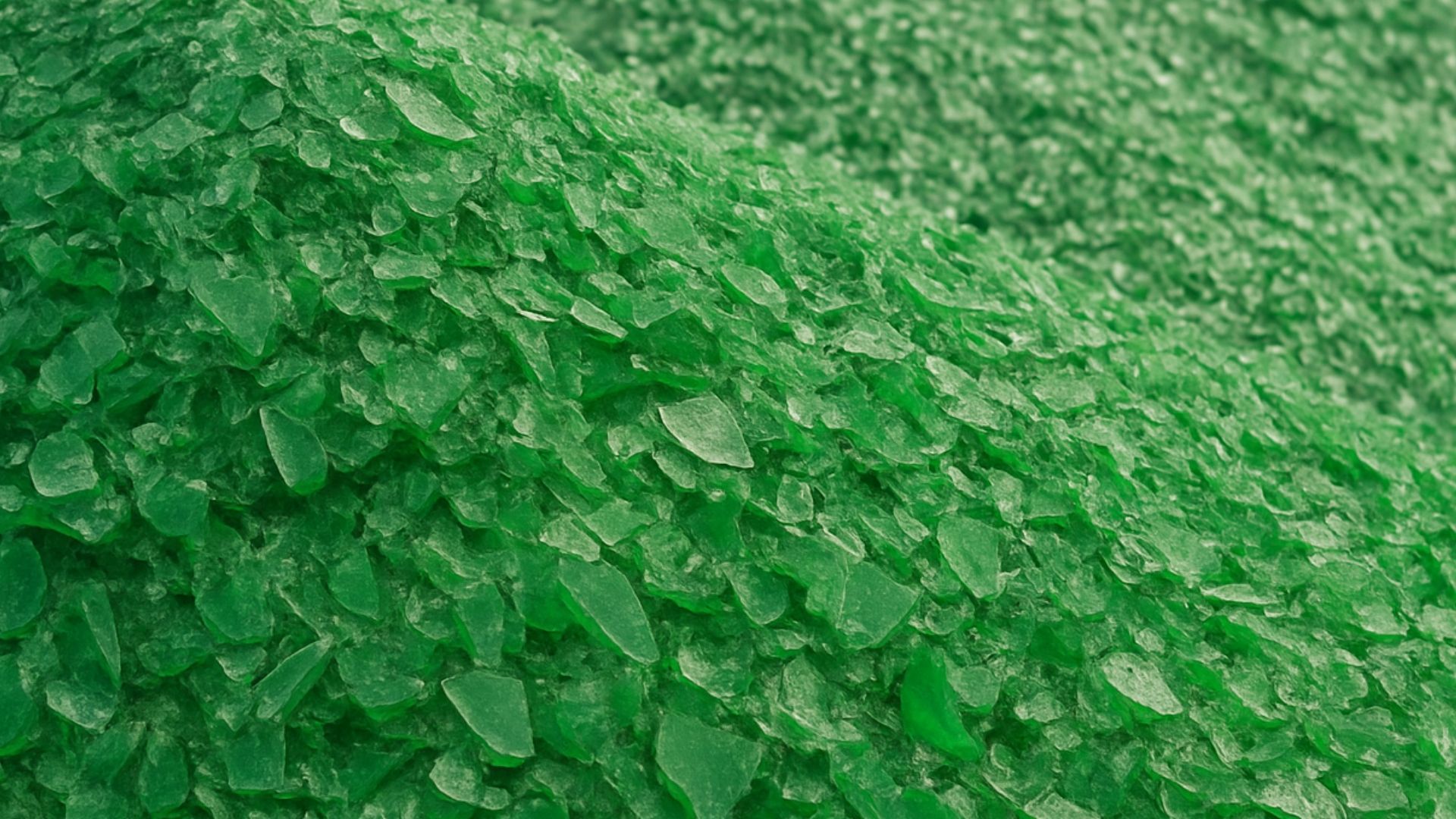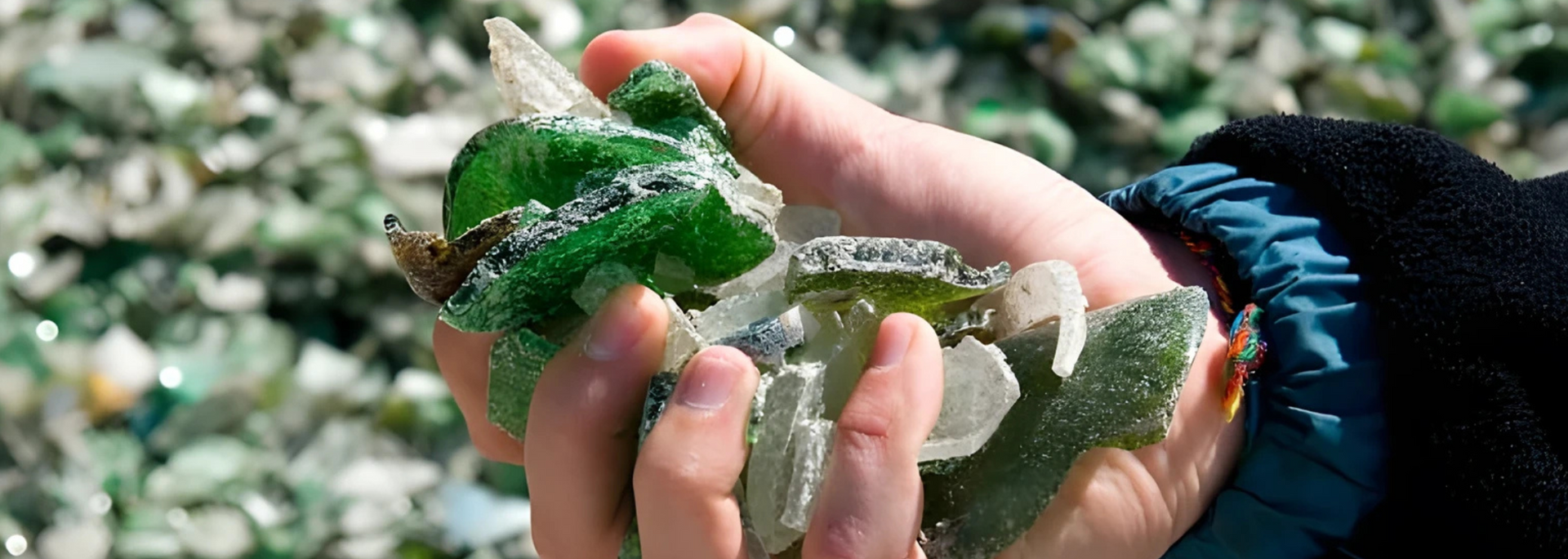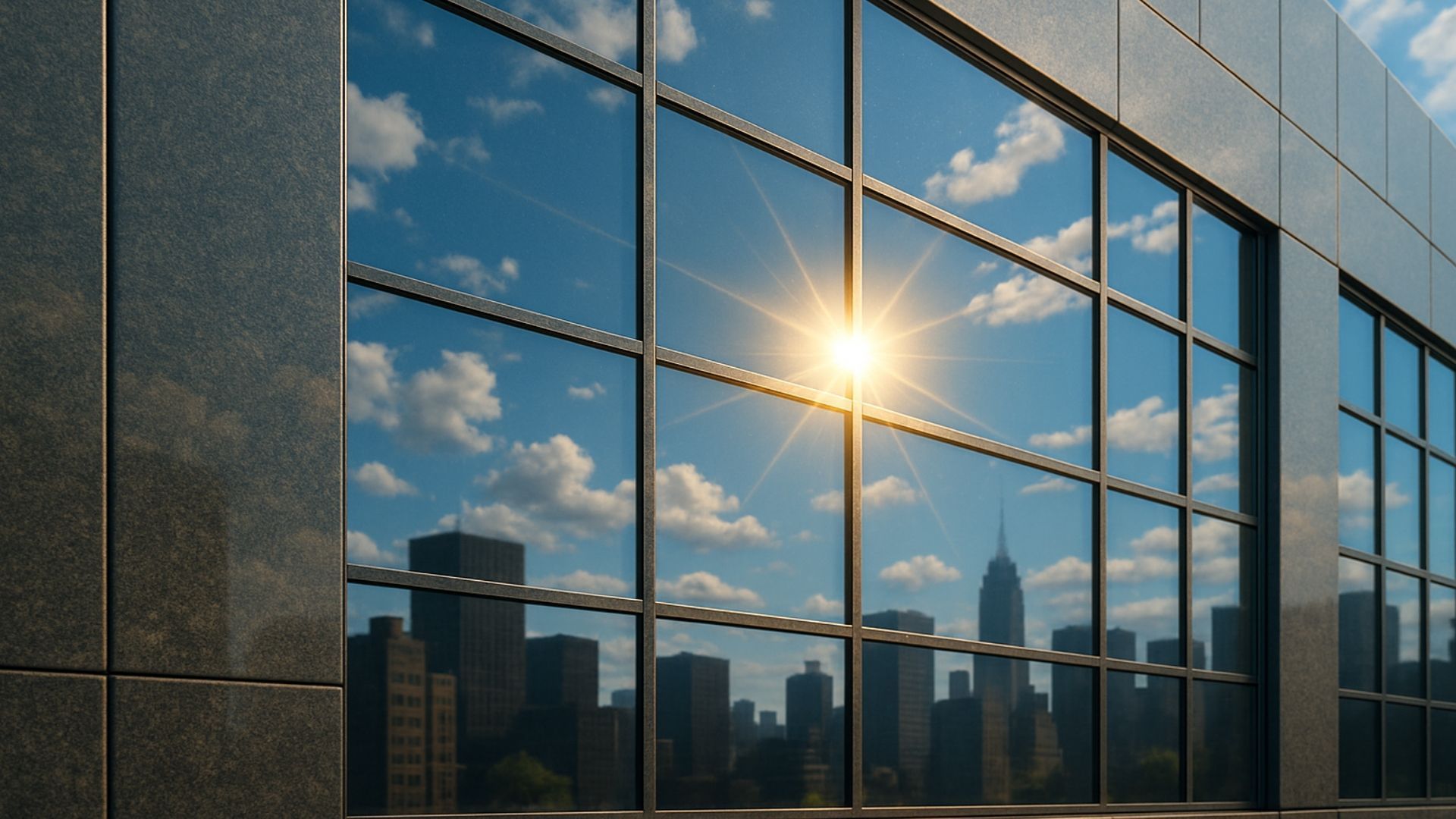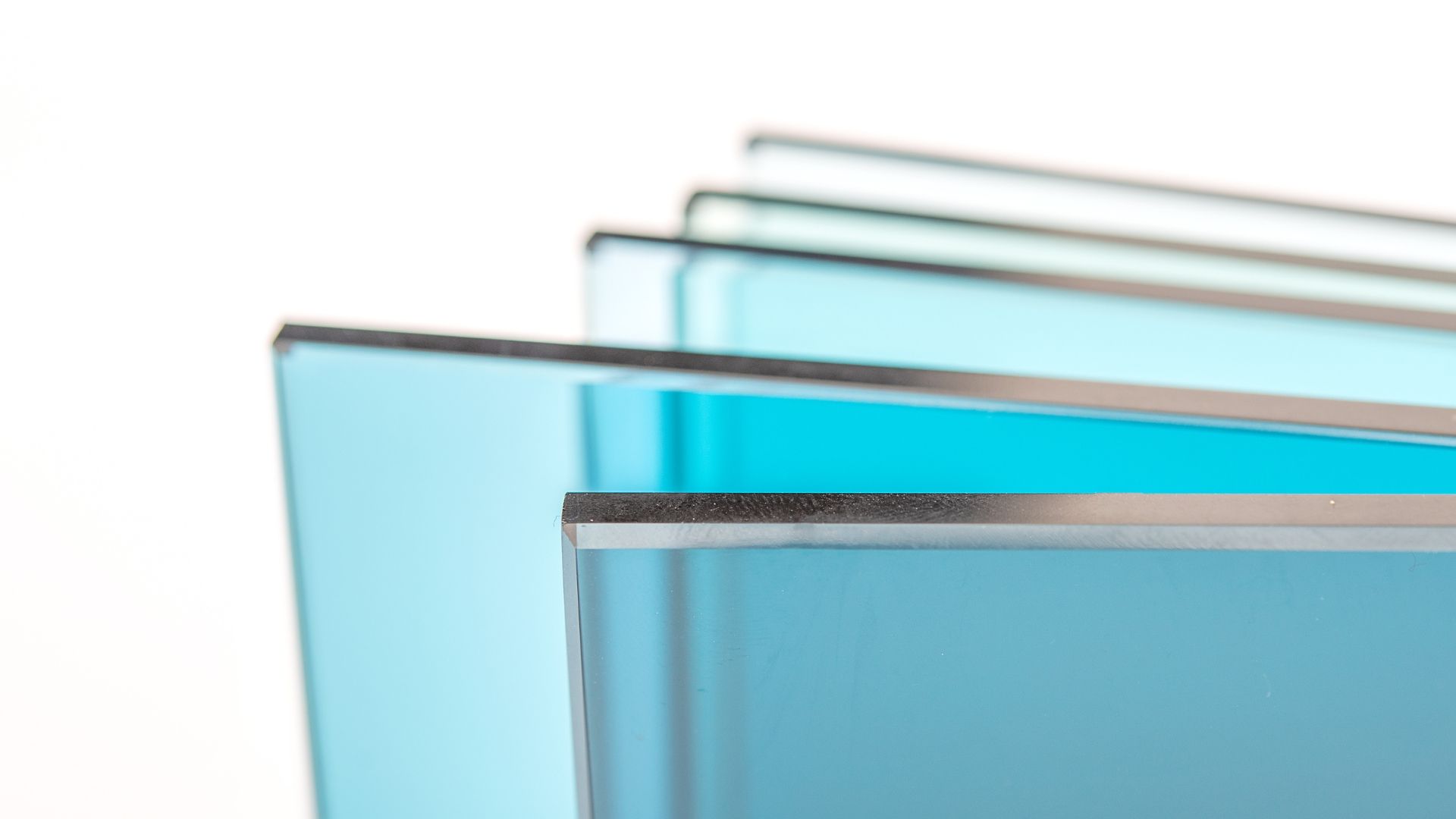What is glass cullet?
Share this blog:
Glass waste or cullet is an important part of the glass fabrication process. Learn all about this essential material.

Most glass is 100% recyclable. That's one of several reasons it's considered one of the most environmentally friendly materials.
Waste glass is known as "cullet". It can be added to new batches, re-melted and recycled. This helps glass manufacturers cut their carbon footprints.
Not all glass can become cullet, however. What's more, there are two main types of cullet: internal cullet and external cullet. These have different sources and different applications.
What are the two types of cullet?
There are two types of cullet: internal cullet and external cullet.
Internal cullet – also known as "pre-consumer cullet" – refers to waste glass created during the glass manufacturing process. This can include edge trimmings and quality control rejects.
Manufacturers use internal cullet to make their own operations more energy-efficient and sustainable.
External cullet (or "post-consumer cullet") is waste glass collected from recycling points. It can be ground up and reused in the manufacture of new glass products.
Both types of cullet have important applications in the glass fabrication industry.
Why is cullet important in glass fabrication?
Cullet is important for one key reason: it helps glass manufacturers work more sustainably by increasing the efficiency of the manufacturing process.
Using cullet reduces carbon emissions and helps glass companies move towards closed-loop recycling and a circular economy.
Moreover, cullet melts at a lower temperature than raw materials. This also helps cut carbon emissions and reduces glass manufacturers' reliance on virgin materials.

What types of glass can and can't be turned into cullet?
Not all types of glass can be turned into cullet. You can, however, make it from most bottles and jars (clear and coloured) and decontaminated broken glass.
There are, however, many types of glass that can't be turned into cullet. These include:
- Pyrex and other heat-resistant glassware
- Mirrors
- TV and computer screens
- Ceramic glass
- Small fragments of broken glass
How energy-efficient is cullet?
According to WRAP – a global environmental NGO that advocates circular living – "re-melting cullet uses 25% less energy than making glass from raw materials".
Moreover, "each tonne of cullet also saves 1.2 tonnes of raw materials from being extracted".
It's easy to see why glass manufacturers are keen to use cullet wherever possible. It helps them to reduce carbon emissions and act more sustainably. At a time when sustainability is at the top of so many business agendas, this has never been more important.
How we can help
At ToughGlaze, we provide high-quality, made-to-measure tempered glass and laminated glass to a wide range of industries.
We're also committed to protecting the environment, as can be seen in our FORS Silver accreditation for vehicle safety and sustainability.
Whatever kind of project you need your glass for, we can fix you up with high-quality materials that don't cost the Earth. Interested? Get in touch today for a quick, competitive quote.









